Home>Home Appliances>Cleaning Appliances>Why Is My Bissell Steam Mop Leaking From Back Vent
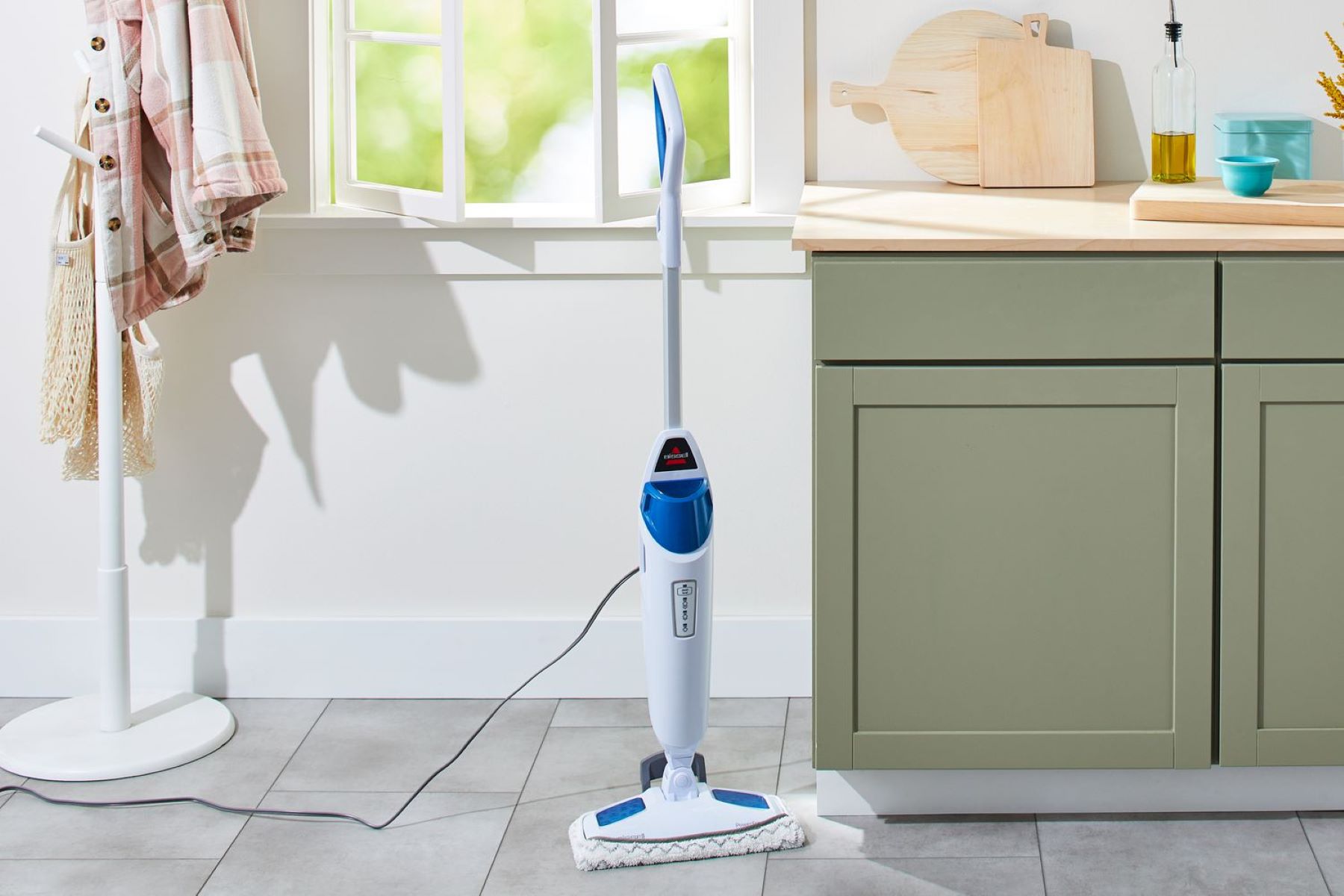

Cleaning Appliances
Why Is My Bissell Steam Mop Leaking From Back Vent
Modified: May 6, 2024
Discover the reasons behind your Bissell steam mop leaking from the back vent. Find solutions and tips for cleaning appliances.
(Many of the links in this article redirect to a specific reviewed product. Your purchase of these products through affiliate links helps to generate commission for Storables.com, at no extra cost. Learn more)
Introduction
Are you experiencing the frustration of discovering your Bissell steam mop leaking from the back vent? Don't worry; you're not alone. Many Bissell steam mop users encounter this issue, and it can be quite perplexing. However, understanding the causes of this problem and learning how to address it can help you restore your steam mop to its optimal functionality.
In this comprehensive guide, we'll delve into the world of Bissell steam mops, exploring the common reasons behind leaks from the back vent and providing effective solutions to rectify this issue. Additionally, we'll discuss preventive measures to help you avoid similar problems in the future.
Whether you're a seasoned Bissell steam mop user or a newcomer to the world of steam cleaning, this article will equip you with valuable insights to tackle the challenge of a leaking back vent. By the end of this guide, you'll feel empowered to troubleshoot and resolve this issue with confidence, ensuring that your Bissell steam mop delivers exceptional cleaning performance without any pesky leaks. Let's embark on this enlightening journey to uncover the secrets of addressing a leaking Bissell steam mop!
Key Takeaways:
- Keep your Bissell steam mop in top shape by avoiding overfilling, cleaning the steam pathway, and inspecting seals. Prevent leaks by using distilled water and practicing caution with pump priming.
- Understanding the causes of leaks from the back vent and implementing preventive measures can help maintain the optimal functionality of your Bissell steam mop for consistent, reliable performance.
Understanding the Bissell Steam Mop
Before delving into the specifics of troubleshooting a leaking back vent, it's essential to gain a comprehensive understanding of the Bissell steam mop. This innovative cleaning appliance is designed to harness the power of steam to effectively sanitize and refresh various floor surfaces, including hardwood, tile, and laminate. By utilizing the natural cleaning capabilities of steam, Bissell steam mops offer a chemical-free and eco-friendly approach to maintaining a pristine living environment.
The Bissell steam mop operates by heating water to produce steam, which is then distributed onto the floor through a mop head. The intense heat of the steam effectively loosens and lifts dirt, grime, and stains, providing a thorough and hygienic clean without the need for harsh chemicals. With its lightweight and maneuverable design, the Bissell steam mop enables users to effortlessly navigate around furniture and other obstacles, making the cleaning process convenient and efficient.
Additionally, many Bissell steam mop models feature adjustable steam settings, allowing users to customize the steam output based on the specific cleaning requirements of different surfaces. This versatility ensures optimal cleaning results across various floor types, making the Bissell steam mop a versatile and indispensable tool for maintaining a spotless home.
Understanding the fundamental operation and features of the Bissell steam mop is crucial for effectively troubleshooting and addressing issues such as leaks from the back vent. By comprehending the inner workings of this innovative cleaning appliance, users can make informed decisions and implement targeted solutions to maintain the peak performance of their Bissell steam mop. Now that we've established a solid foundation of knowledge about the Bissell steam mop, let's explore the common causes of leaking from the back vent and how to rectify this issue.
Common Causes of Leaking from the Back Vent
When encountering a Bissell steam mop leaking from the back vent, it's essential to identify the underlying causes to effectively address the issue. Several factors can contribute to this problem, and understanding these common causes is crucial for implementing targeted solutions.
- Overfilling the Water Tank: One of the primary culprits behind a leaking back vent is overfilling the water tank. Exceeding the maximum water capacity can lead to excessive pressure within the steam mop, causing water to escape from the back vent. It's important to adhere to the recommended water fill level to prevent this issue.
- Blockages in the Steam Pathway: Blockages or obstructions within the steam pathway can impede the proper flow of steam, leading to pressure buildup and potential leaks from the back vent. Accumulated debris or mineral deposits may hinder the steam distribution, necessitating thorough cleaning and maintenance to restore unobstructed steam flow.
- Worn or Damaged Seals: The integrity of the seals within the Bissell steam mop is crucial for containing the pressurized steam. Over time, seals may degrade or become damaged, compromising their ability to prevent leaks. Inspecting and replacing worn seals can effectively resolve this issue.
- Excessive Pump Priming: Engaging in excessive pump priming, which involves repeatedly pressing the trigger to dispense steam, can lead to an overflow of water and subsequent leaks from the back vent. Proper usage and moderation of the steam release function are essential to avoid this problem.
- Improper Assembly or Loose Components: Incorrect assembly or loose components within the steam mop can result in compromised seals and connections, leading to leaks from the back vent. Ensuring proper assembly and addressing any loose or misaligned parts is crucial for preventing this issue.
By recognizing these common causes of leaking from the back vent, Bissell steam mop users can take proactive measures to troubleshoot and rectify the issue. In the following section, we'll delve into effective strategies for fixing a leaking Bissell steam mop, providing step-by-step guidance to restore the appliance to its optimal condition.
Check the water tank and ensure it is securely attached. If the tank is not properly in place, it can cause leaking from the back vent of the Bissell steam mop.
How to Fix a Leaking Bissell Steam Mop
Addressing a leaking Bissell steam mop requires a systematic approach to identify and resolve the underlying issues. By following these step-by-step strategies, users can effectively rectify leaks from the back vent and restore their steam mop to peak performance.
- Empty and Refill the Water Tank: If the steam mop is leaking due to overfilling, carefully empty the water tank to the recommended level. Avoid exceeding the maximum fill line to prevent excessive pressure and leaks from the back vent.
- Clean the Steam Pathway: To eliminate blockages that impede steam flow, thoroughly clean the steam pathway, including the mop head, nozzles, and internal channels. Remove any debris or mineral deposits that may obstruct the steam distribution, ensuring unobstructed operation.
- Inspect and Replace Seals: Check the seals for signs of wear or damage, focusing on areas prone to leaks. Replace any compromised seals with genuine Bissell replacement parts to restore the integrity of the steam mop's seals and prevent leaks from the back vent.
- Practice Moderate Pump Priming: Use the steam mop's trigger function in moderation, avoiding excessive pump priming that can lead to water overflow and leaks. Exercise restraint when dispensing steam to maintain optimal pressure levels and prevent back vent leaks.
- Ensure Proper Assembly: Verify that all components are correctly assembled and securely fastened to prevent leaks from loose connections. Pay close attention to the alignment of seals and components, ensuring a tight and secure fit to maintain steam containment.
By diligently following these corrective measures, Bissell steam mop users can effectively troubleshoot and fix leaks from the back vent, restoring the appliance to its optimal functionality. However, prevention is always preferable to reactive solutions, so let’s explore proactive steps to prevent leaks in the future.
Preventing Leaks in the Future
After addressing a leaking Bissell steam mop, it’s essential to implement preventive measures to avoid similar issues in the future. By incorporating these proactive steps into your steam cleaning routine, you can maintain the optimal functionality of your Bissell steam mop and minimize the risk of back vent leaks.
- Adhere to Water Fill Guidelines: Always follow the manufacturer’s recommendations for water fill levels, ensuring that the water tank is not overfilled. By maintaining the appropriate water level, you can prevent excessive pressure and leaks from the back vent.
- Regular Maintenance and Cleaning: Routinely clean and maintain the steam mop, focusing on the steam pathway, mop head, and internal components. Removing debris, mineral deposits, and other obstructions will promote unimpeded steam flow and minimize the risk of leaks.
- Inspect Seals and Components: Periodically inspect the seals and components for signs of wear, damage, or misalignment. Address any issues promptly, replacing worn seals and ensuring proper assembly to prevent leaks from loose connections.
- Exercise Caution with Pump Priming: Use the steam mop’s trigger function judiciously, avoiding excessive pump priming that can lead to water overflow and back vent leaks. Moderation in steam release will help maintain optimal pressure levels within the appliance.
- Use Distilled Water: Consider using distilled water in your Bissell steam mop to minimize the accumulation of mineral deposits that can obstruct the steam pathway. This can help prolong the longevity of the appliance and reduce the risk of leaks.
By integrating these preventive measures into your maintenance routine, you can safeguard your Bissell steam mop against back vent leaks and ensure consistent, reliable performance during your cleaning endeavors. With proactive care and attention, you can enjoy the full benefits of your Bissell steam mop without the inconvenience of leaks or operational disruptions.
Read more: Why Is My AC Vent Leaking Water
Conclusion
In conclusion, the Bissell steam mop is a versatile and efficient cleaning appliance that harnesses the power of steam to sanitize and refresh various floor surfaces. However, encountering a leaking back vent can disrupt the seamless operation of the steam mop, necessitating prompt attention and targeted solutions to rectify the issue.
By understanding the common causes of leaks from the back vent, users can effectively troubleshoot and address this problem. Whether it’s due to overfilling the water tank, blockages in the steam pathway, worn seals, excessive pump priming, or improper assembly, implementing the appropriate corrective measures can restore the optimal functionality of the Bissell steam mop.
Furthermore, preventive measures play a crucial role in minimizing the risk of future leaks. Adhering to water fill guidelines, conducting regular maintenance and cleaning, inspecting seals and components, exercising caution with pump priming, and using distilled water can collectively contribute to the long-term reliability and performance of the steam mop.
By following the step-by-step strategies for fixing a leaking Bissell steam mop and integrating proactive preventive measures into your cleaning routine, you can enjoy the full benefits of this innovative appliance without the inconvenience of back vent leaks. With proper care and attention, your Bissell steam mop will continue to deliver exceptional cleaning results, ensuring a hygienic and pristine living environment for years to come.
Armed with the knowledge and insights provided in this guide, you are well-equipped to tackle the challenge of a leaking Bissell steam mop with confidence and efficacy. Embrace the transformative power of steam cleaning while maintaining the peak performance of your Bissell steam mop, and revel in the convenience and cleanliness it brings to your home.
If you're thrilled by what you've learned about fixing your Bissell steam mop, you'll definitely want to check out our upcoming reviews on the latest models. Wondering which one might suit your household best? Dive into our thorough exploration of the 12 amazing Bissell steam mops for 2024, ensuring your floors remain sparkling and your handling experience seamless. Don't miss out on our insightful coverage that could transform your cleaning routine!
Frequently Asked Questions about Why Is My Bissell Steam Mop Leaking From Back Vent
Was this page helpful?
At Storables.com, we guarantee accurate and reliable information. Our content, validated by Expert Board Contributors, is crafted following stringent Editorial Policies. We're committed to providing you with well-researched, expert-backed insights for all your informational needs.
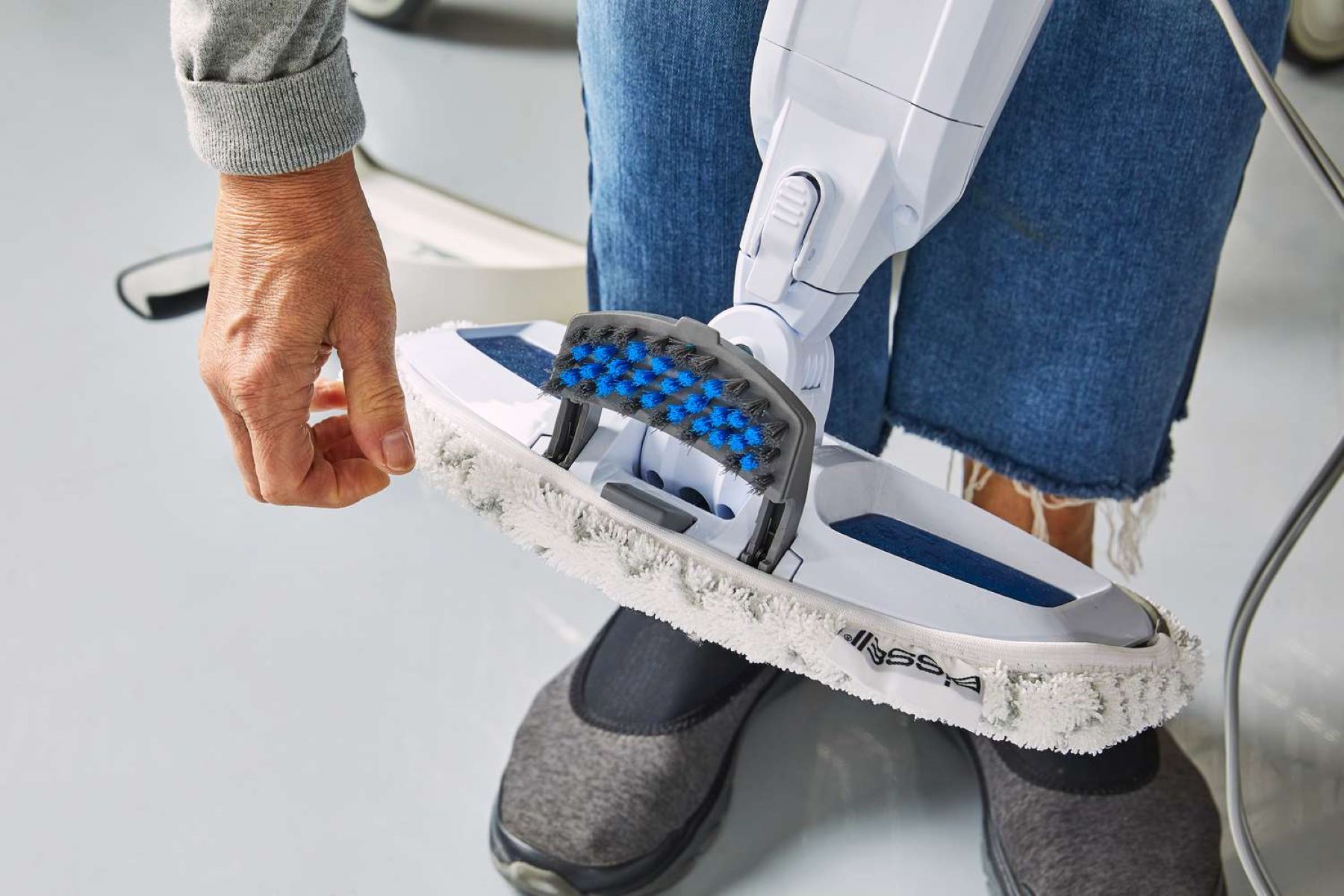
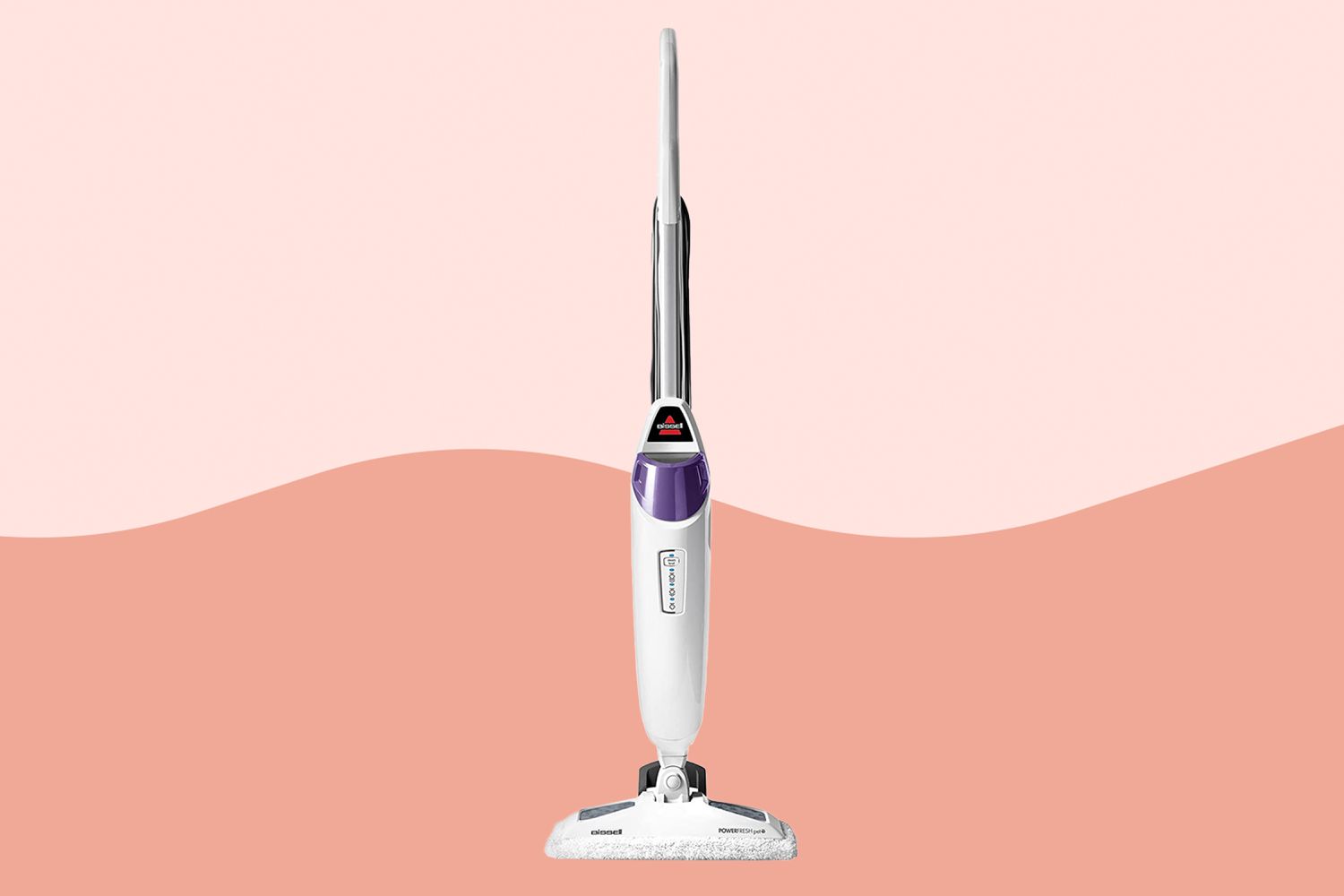
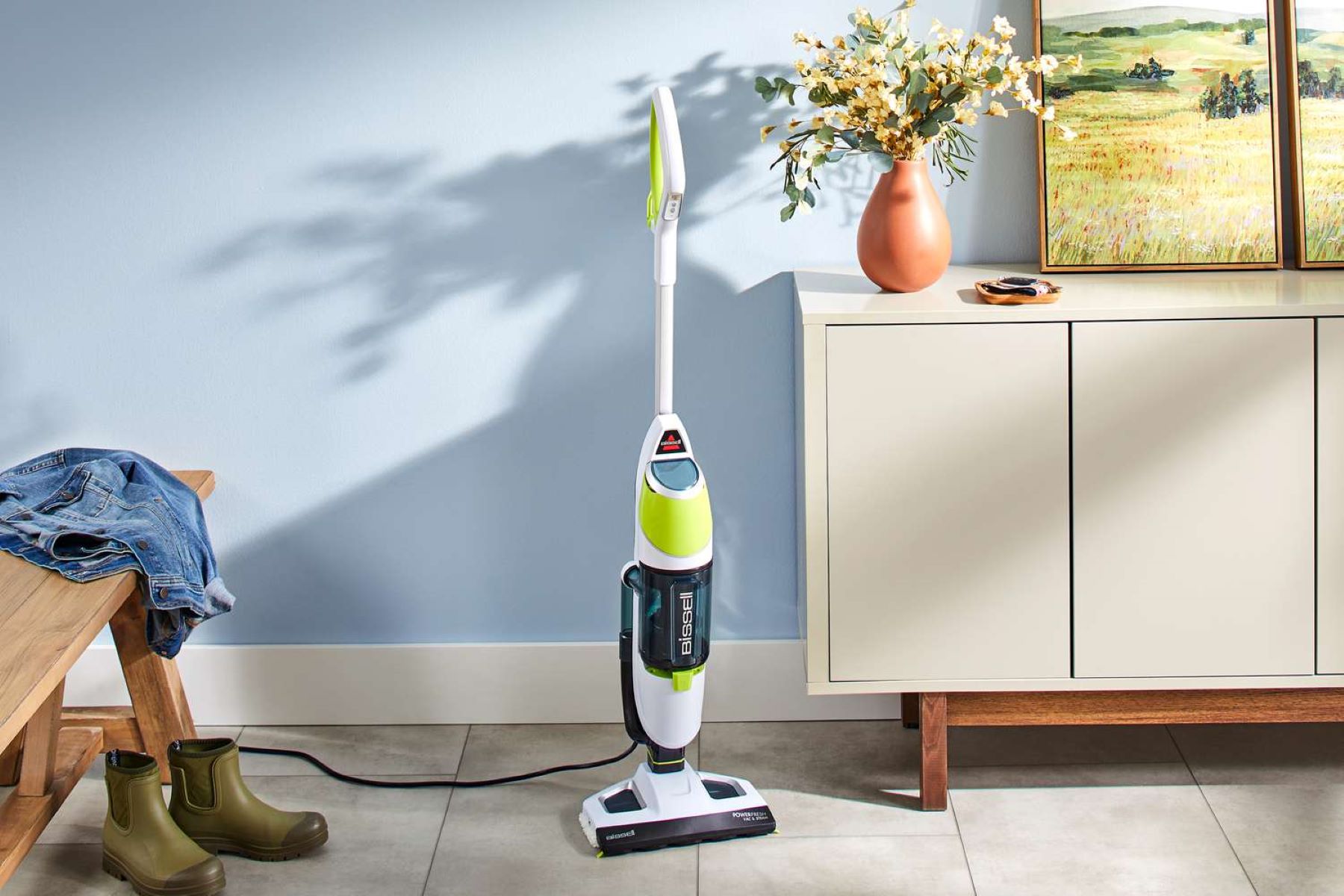
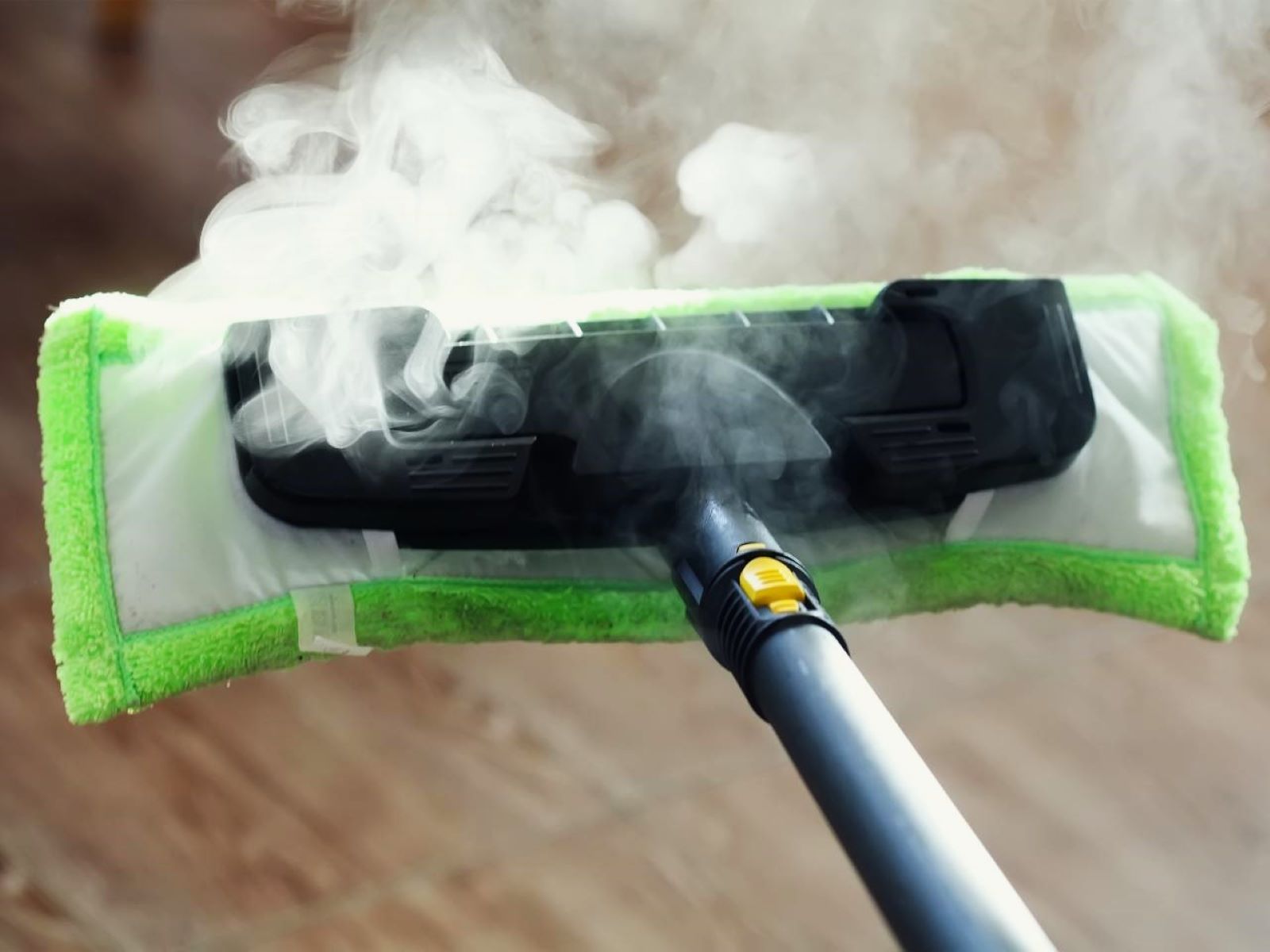
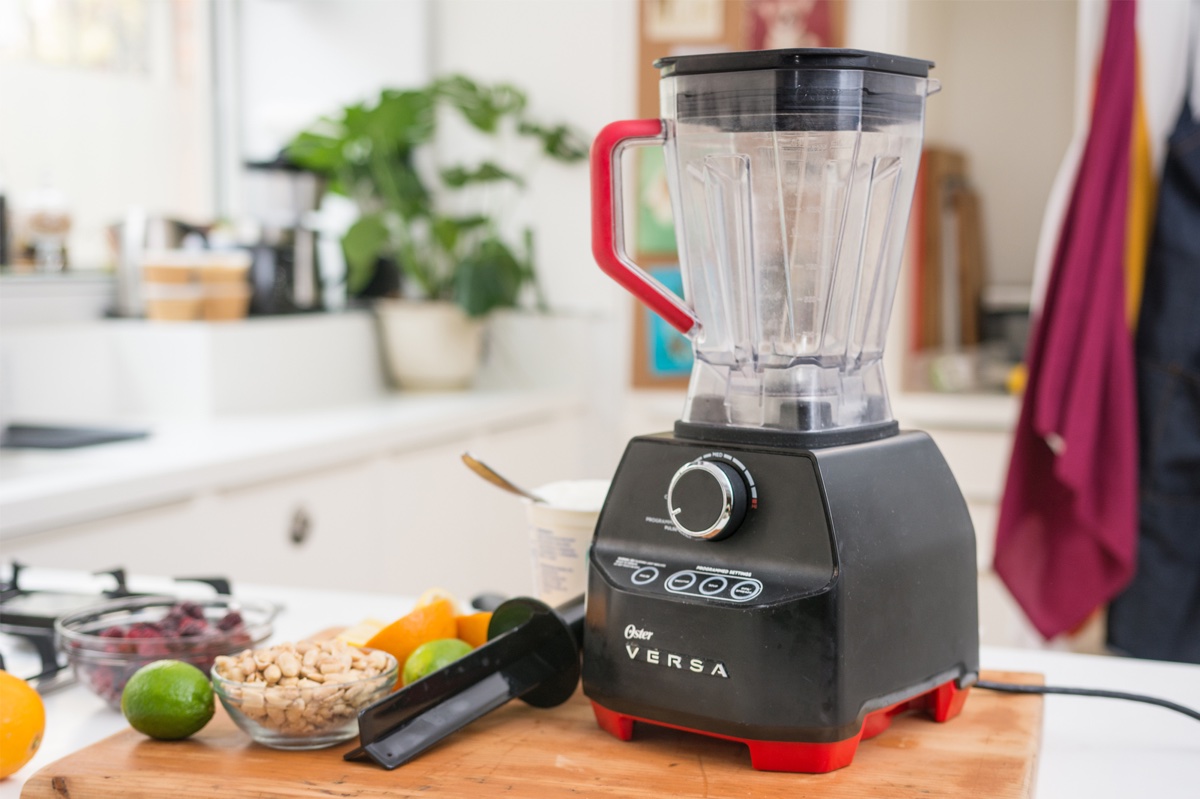
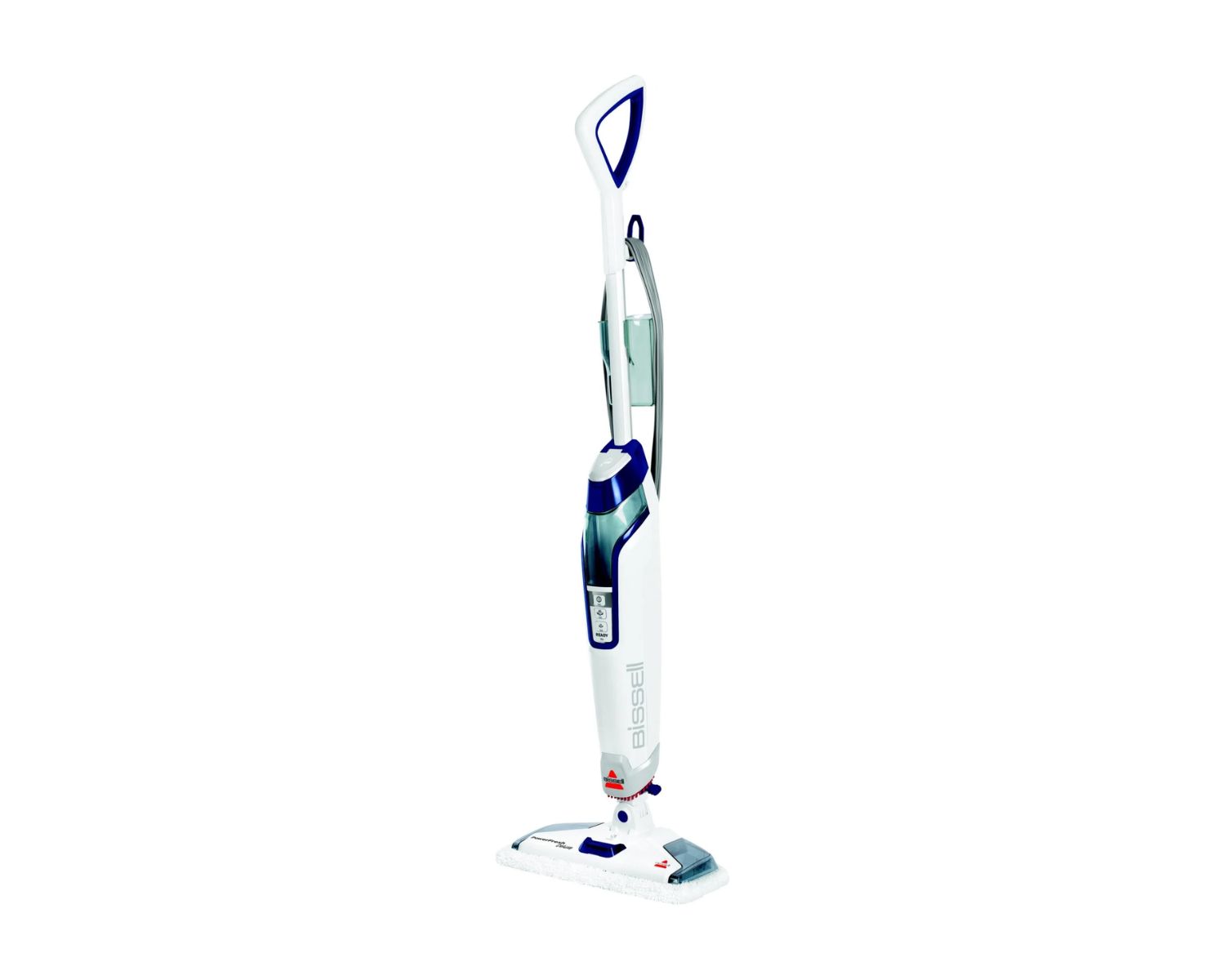
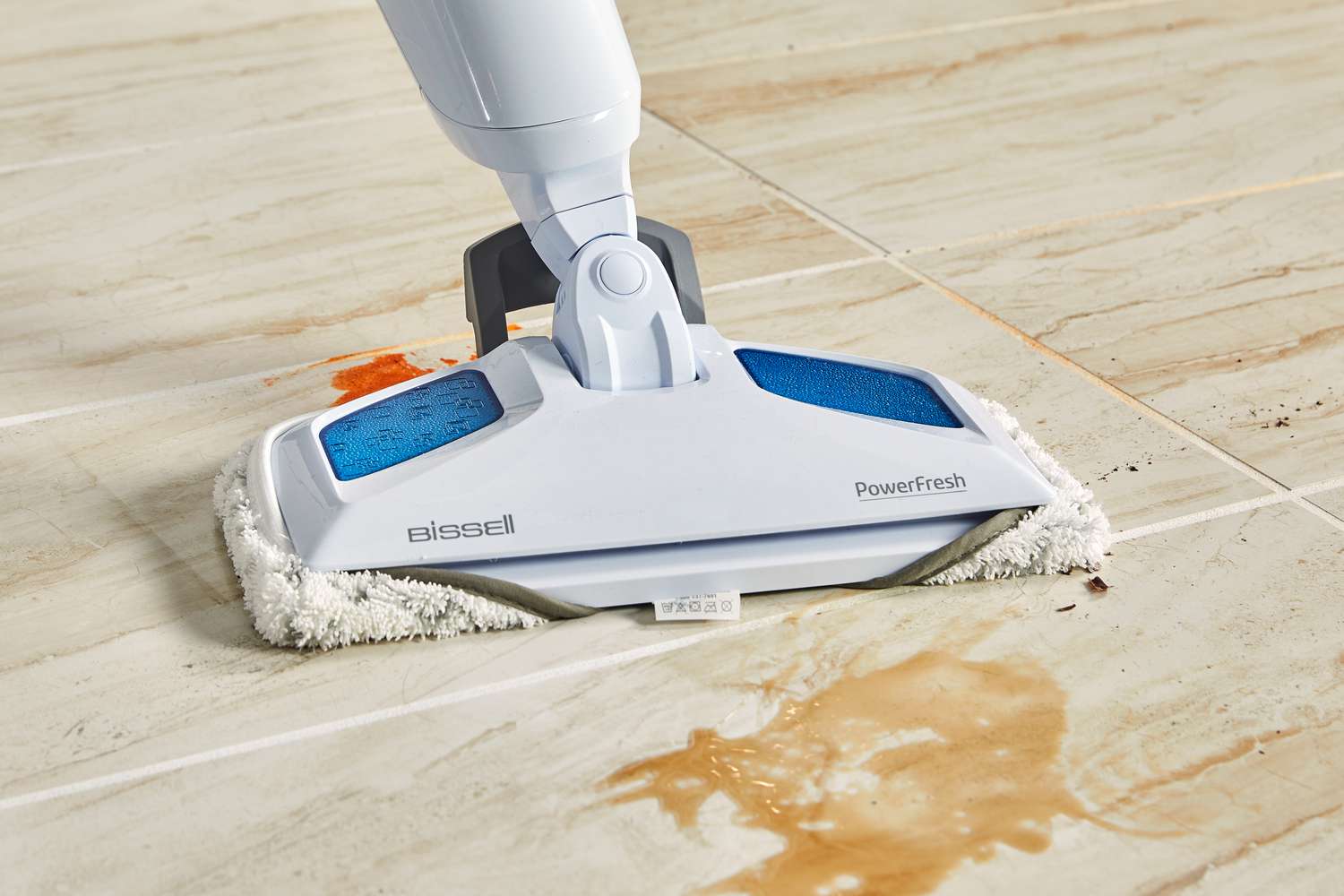
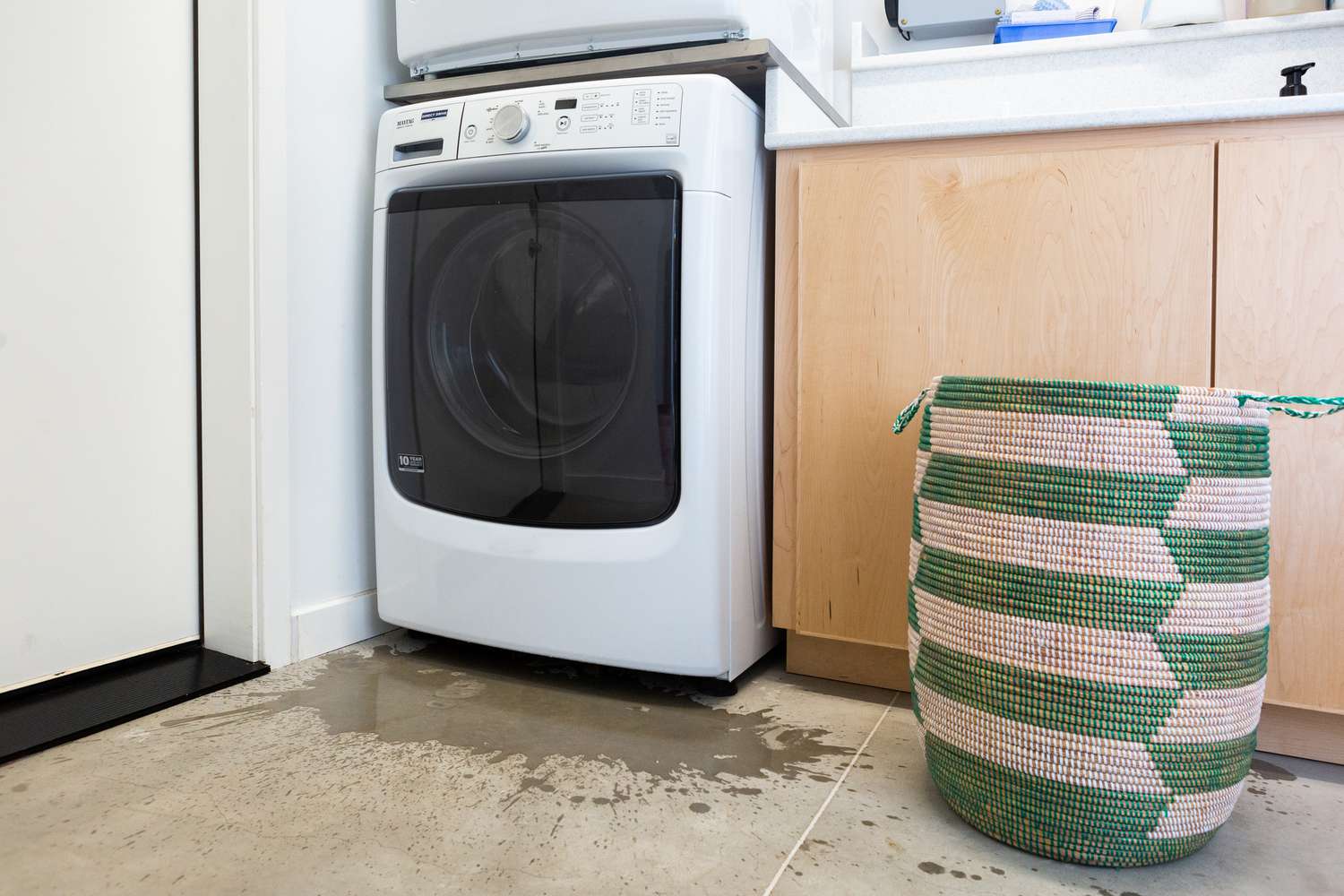
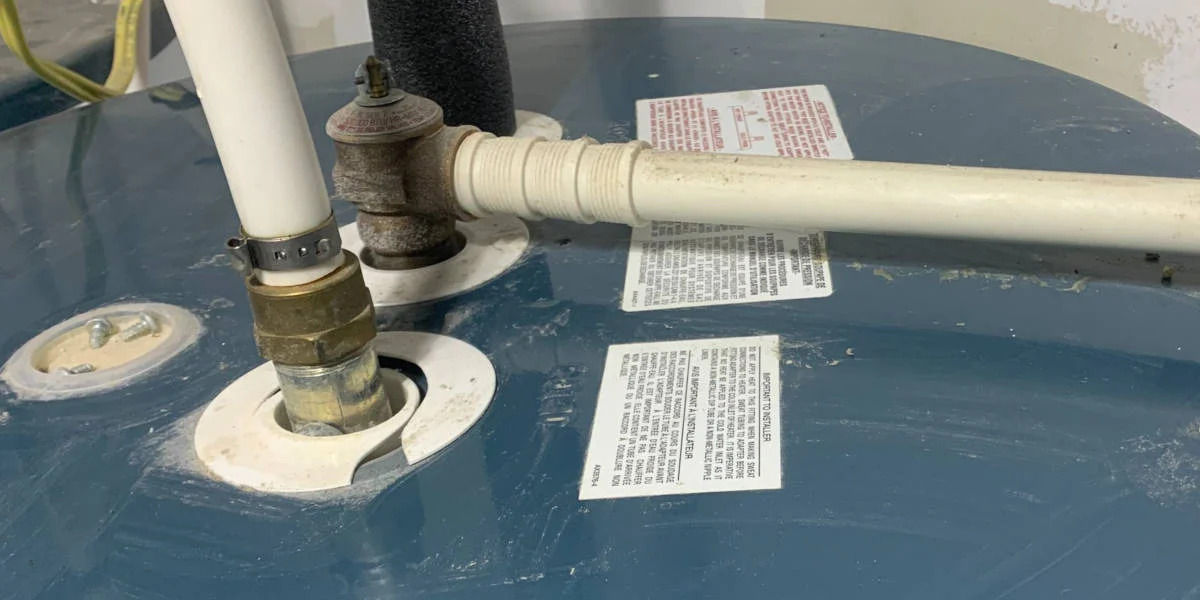
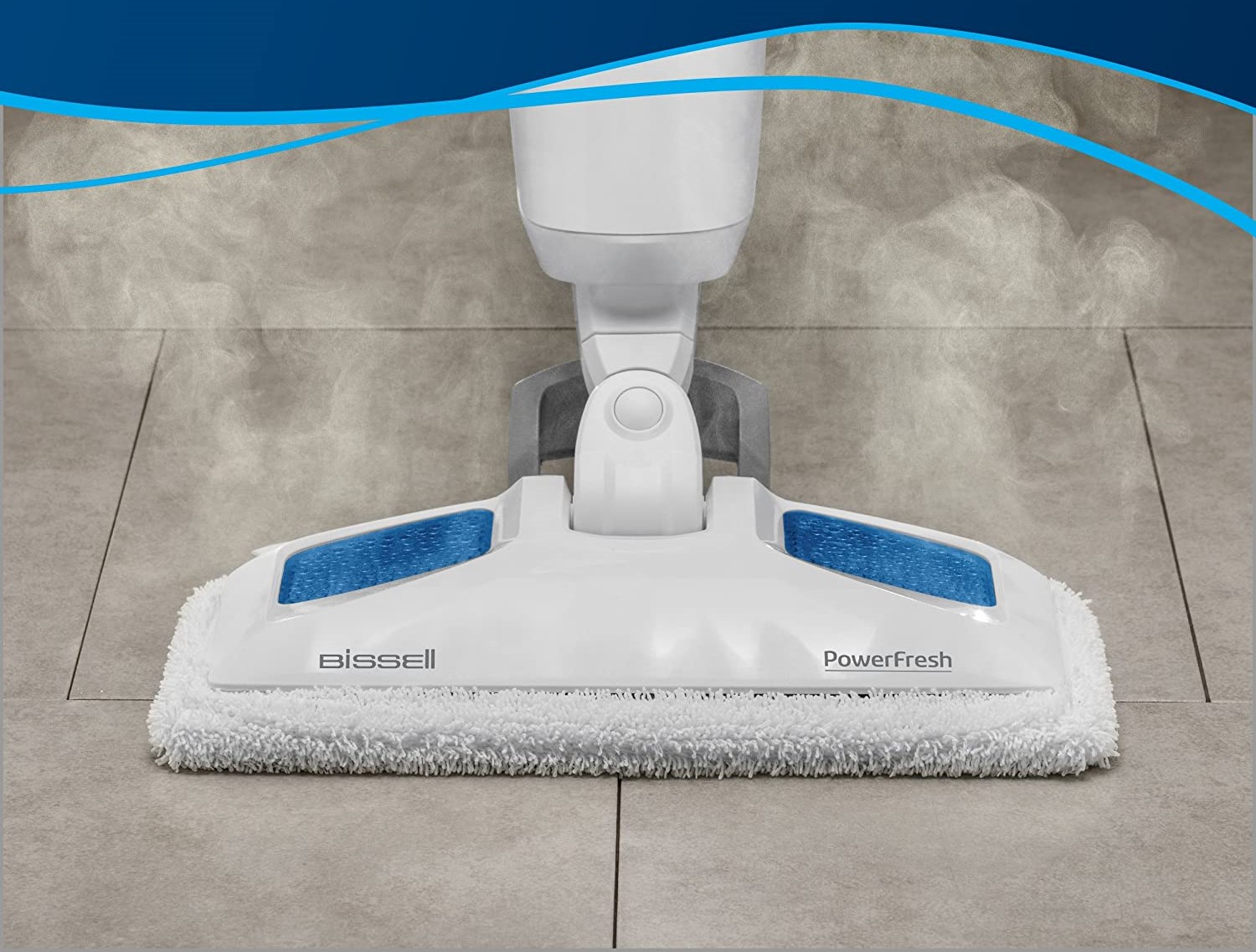
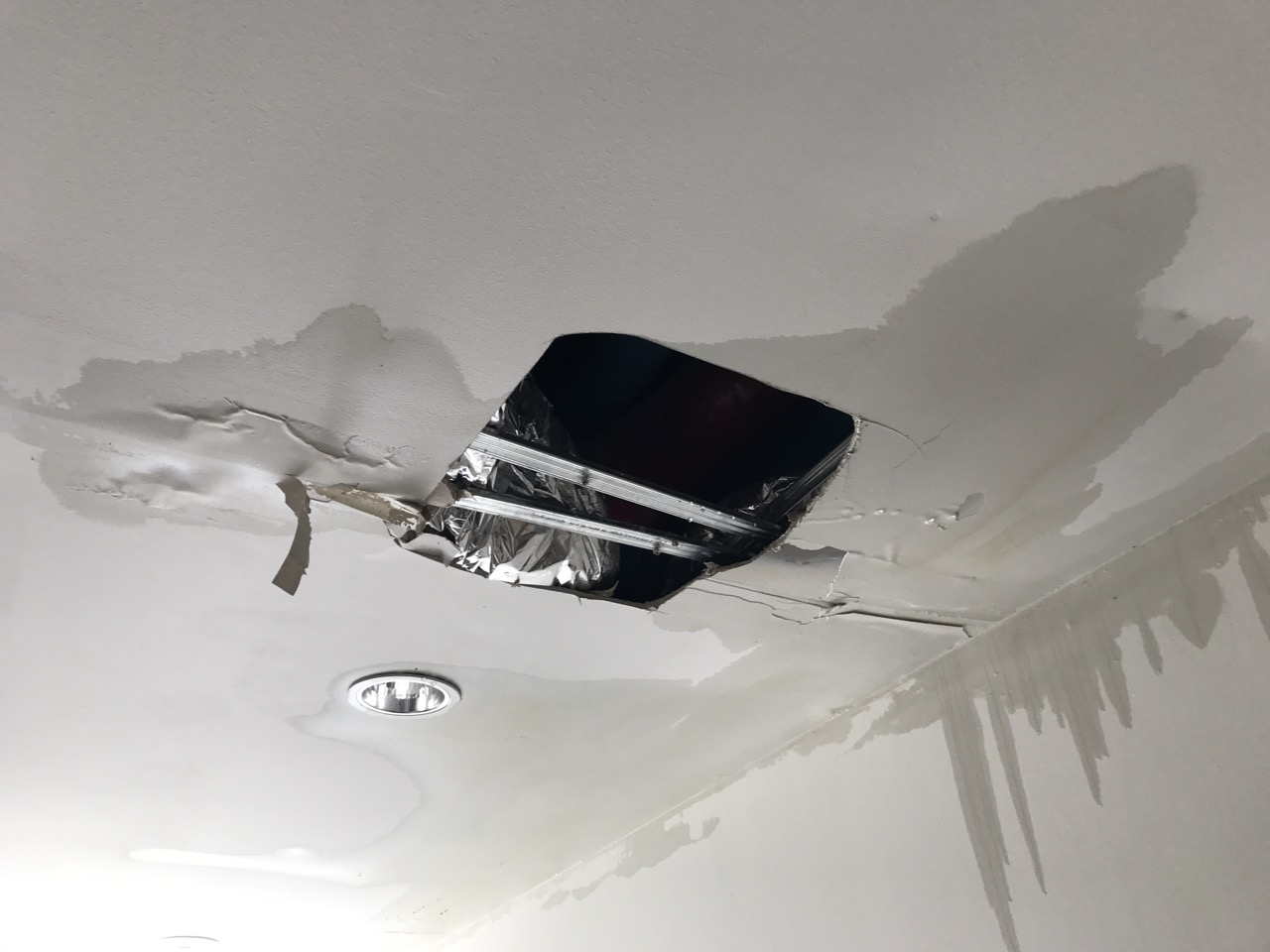
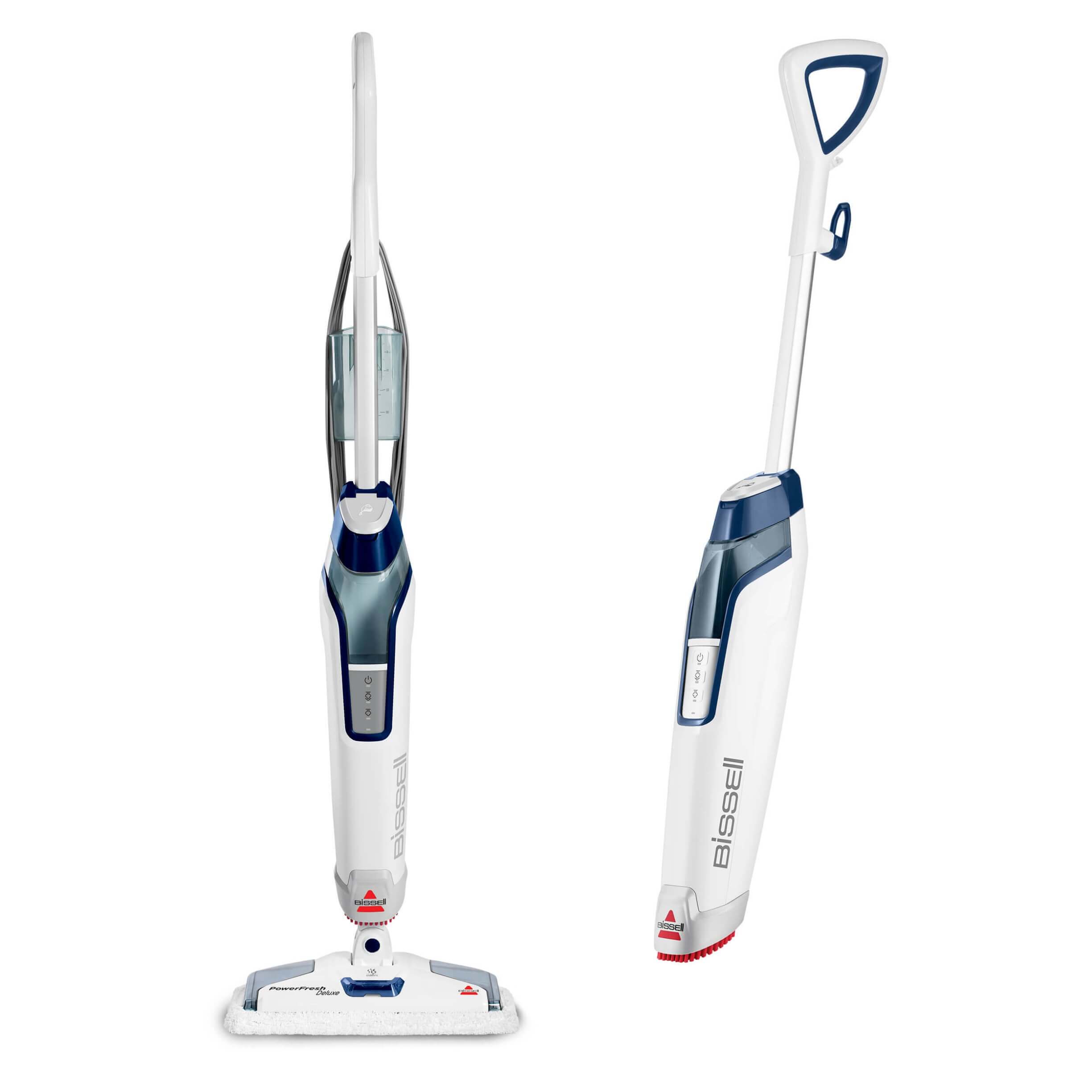
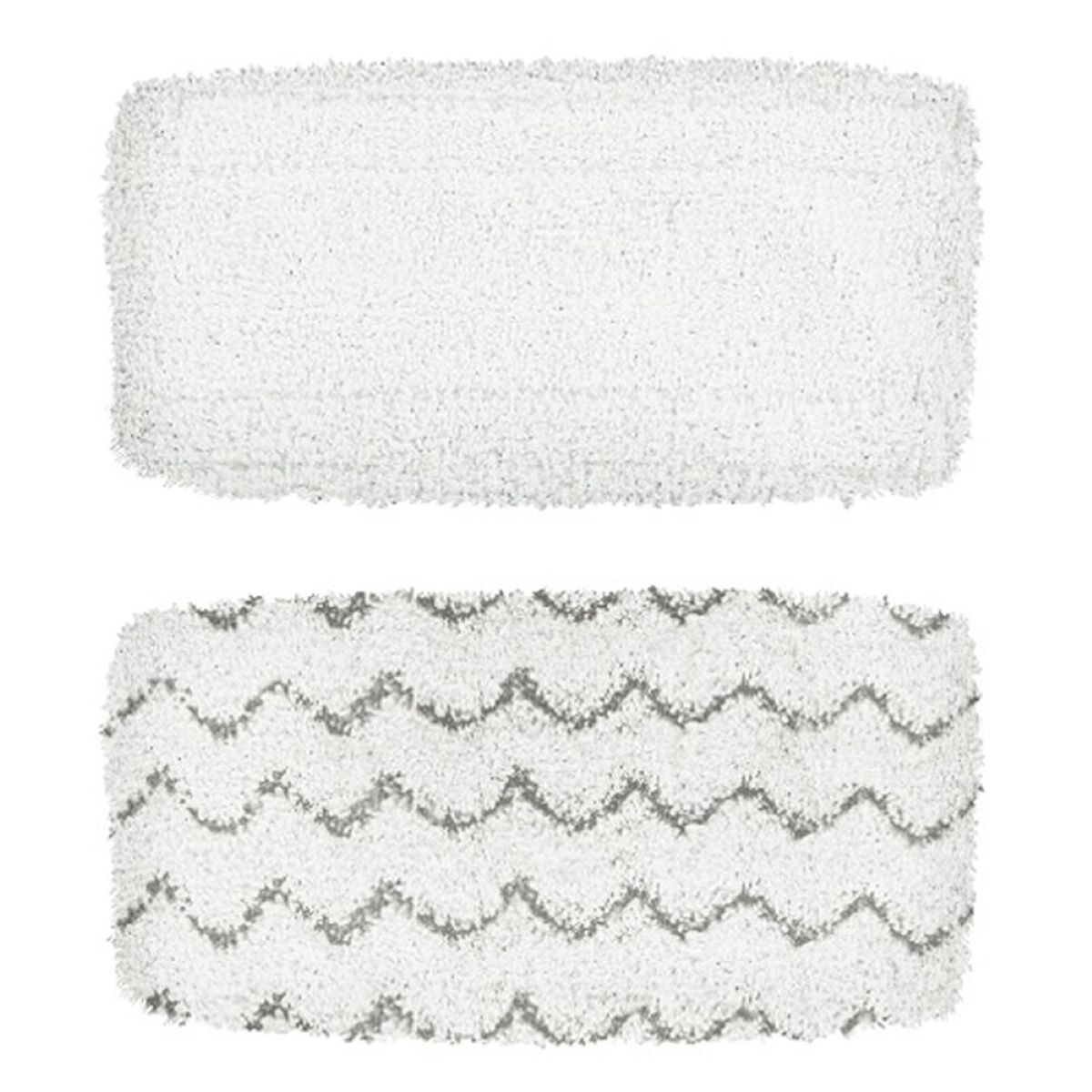
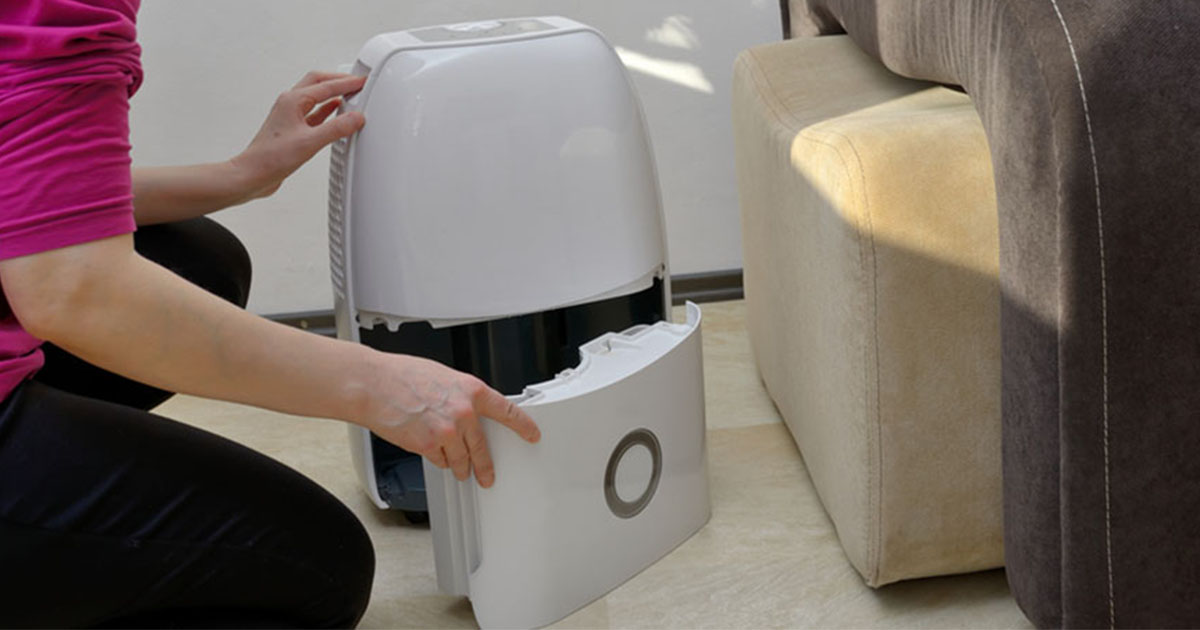

0 thoughts on “Why Is My Bissell Steam Mop Leaking From Back Vent”